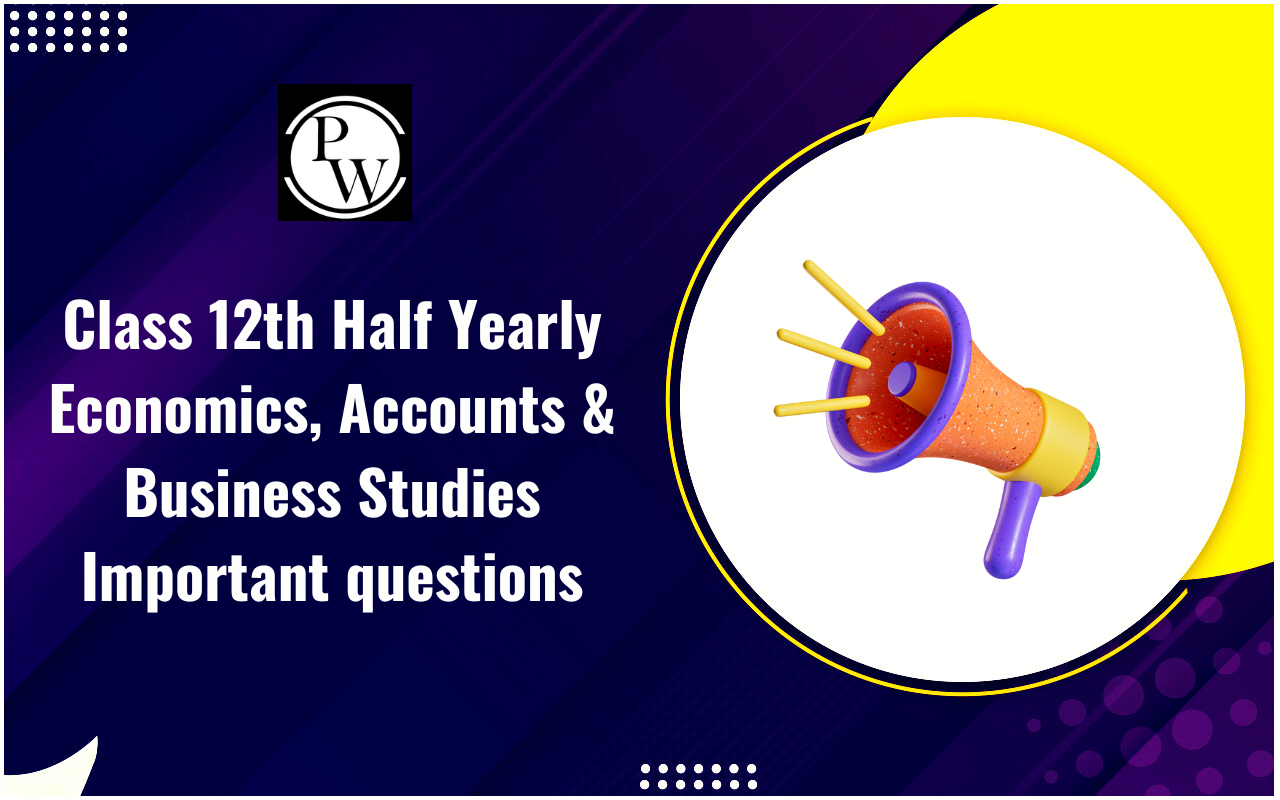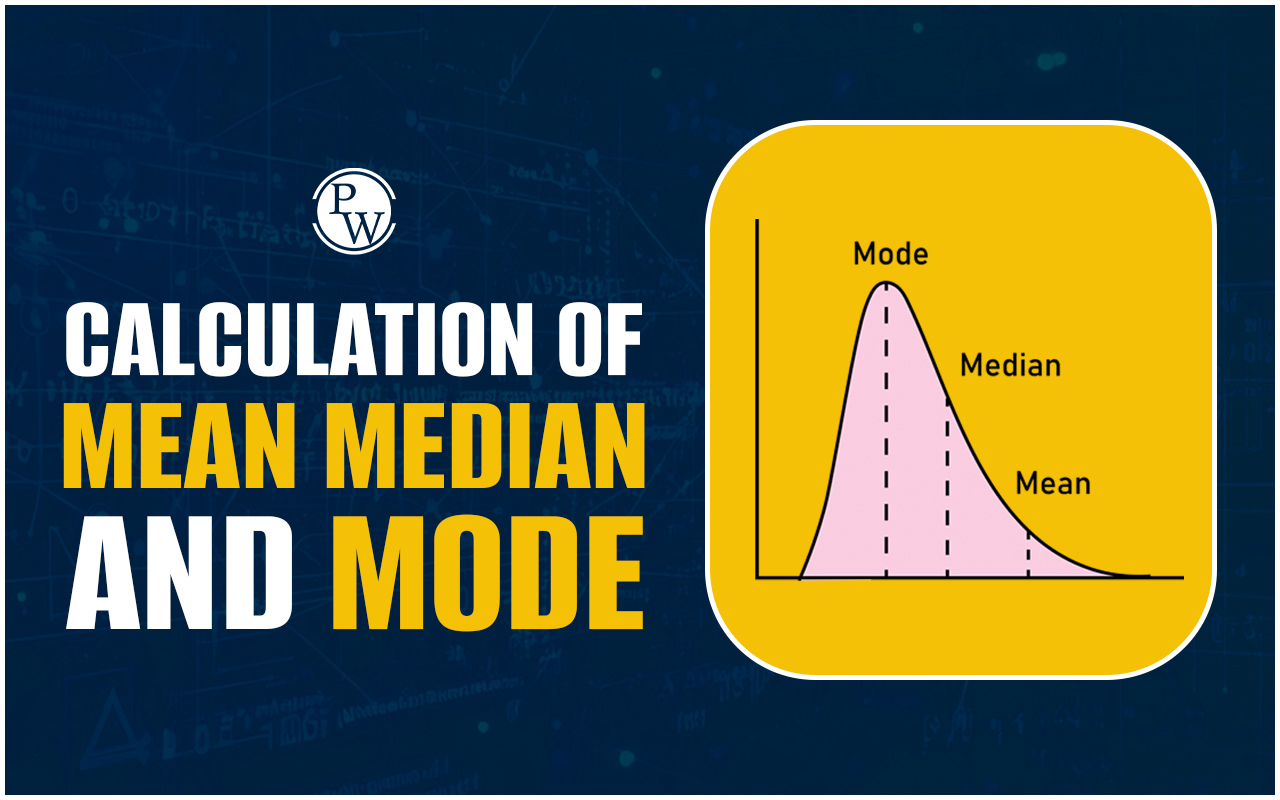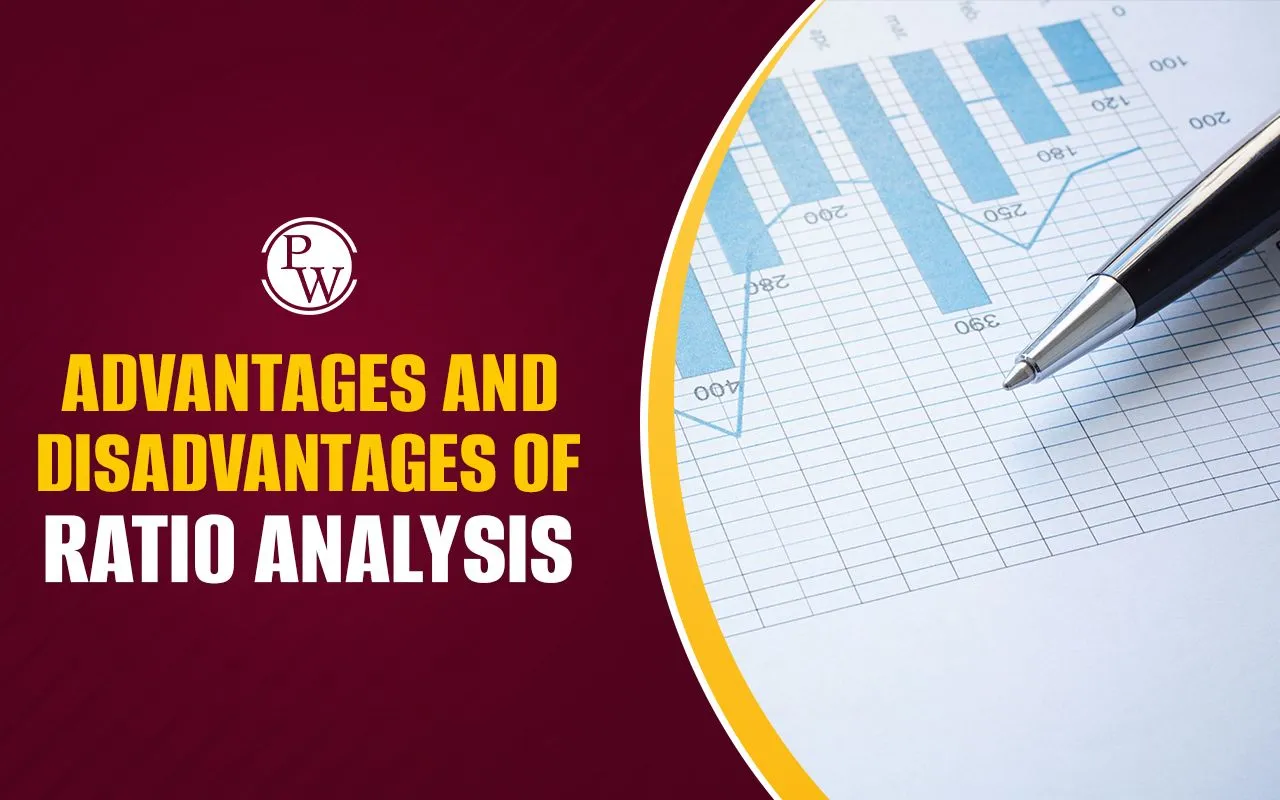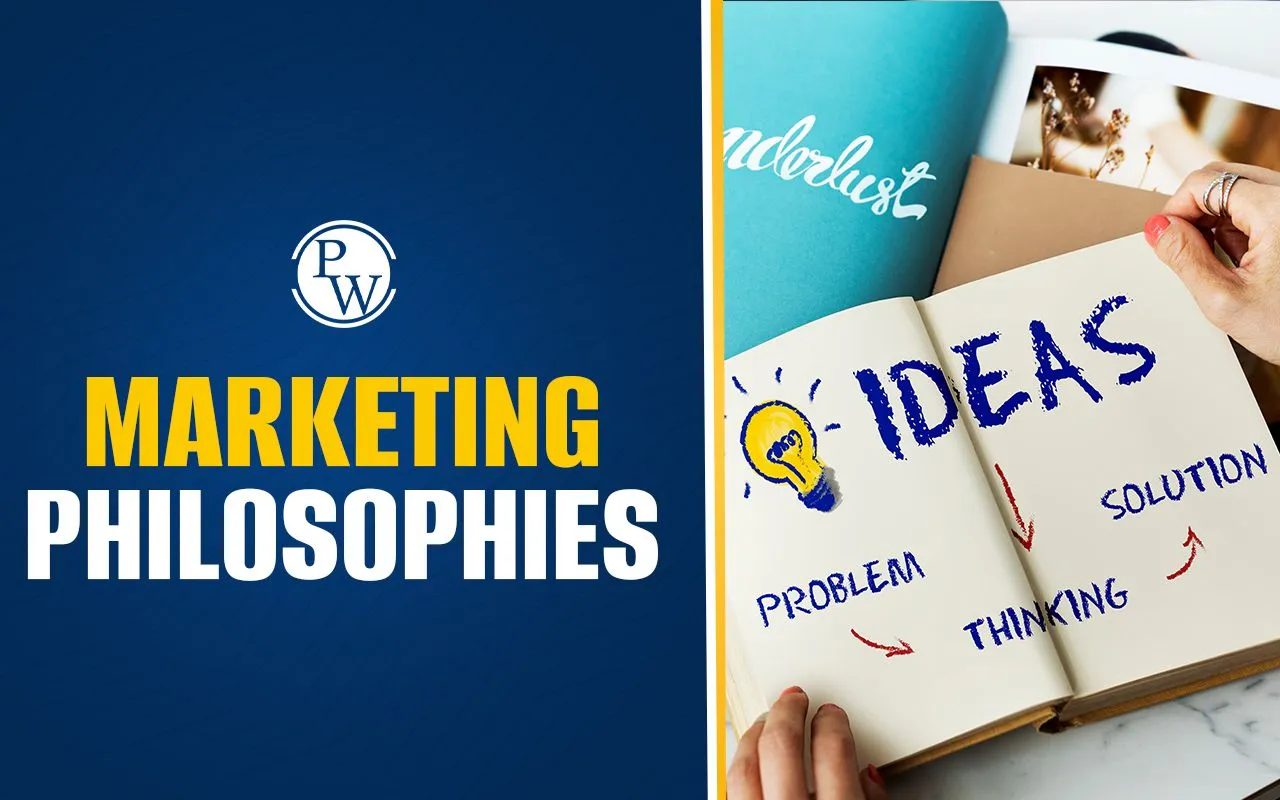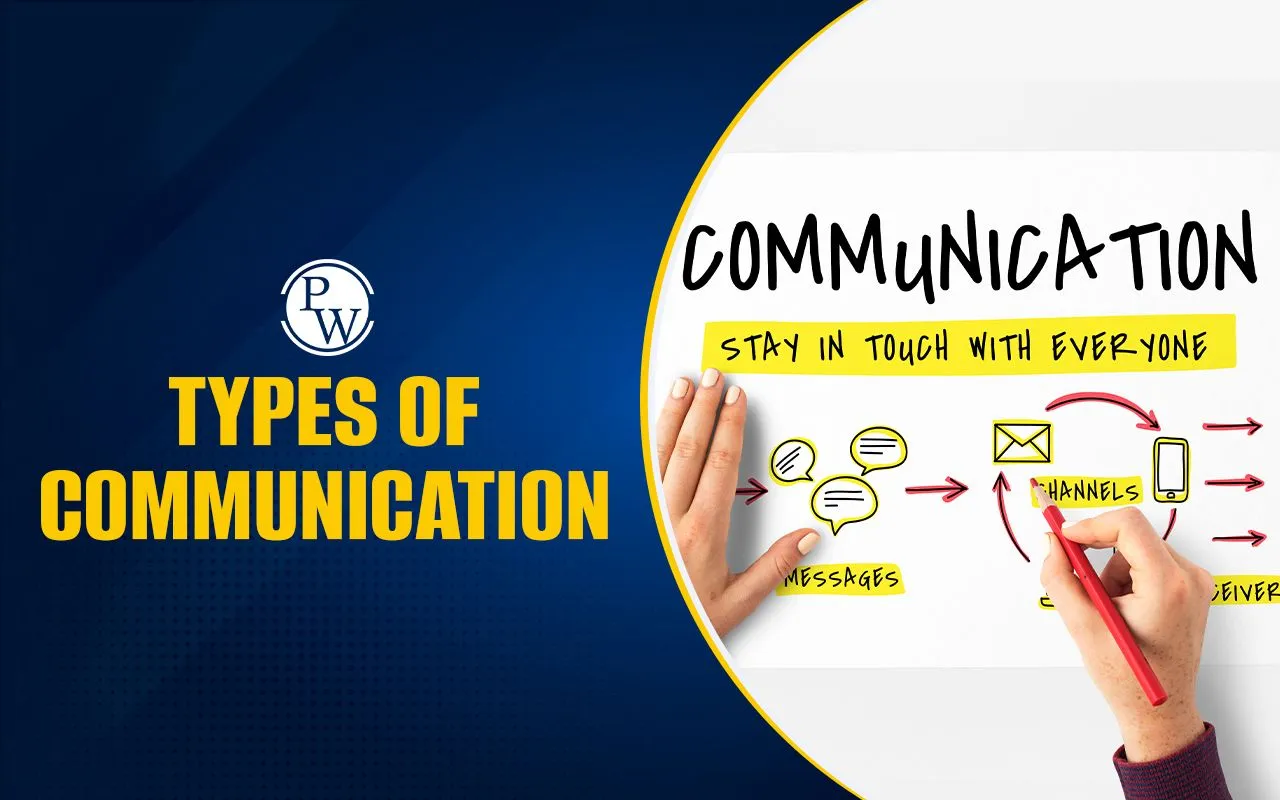
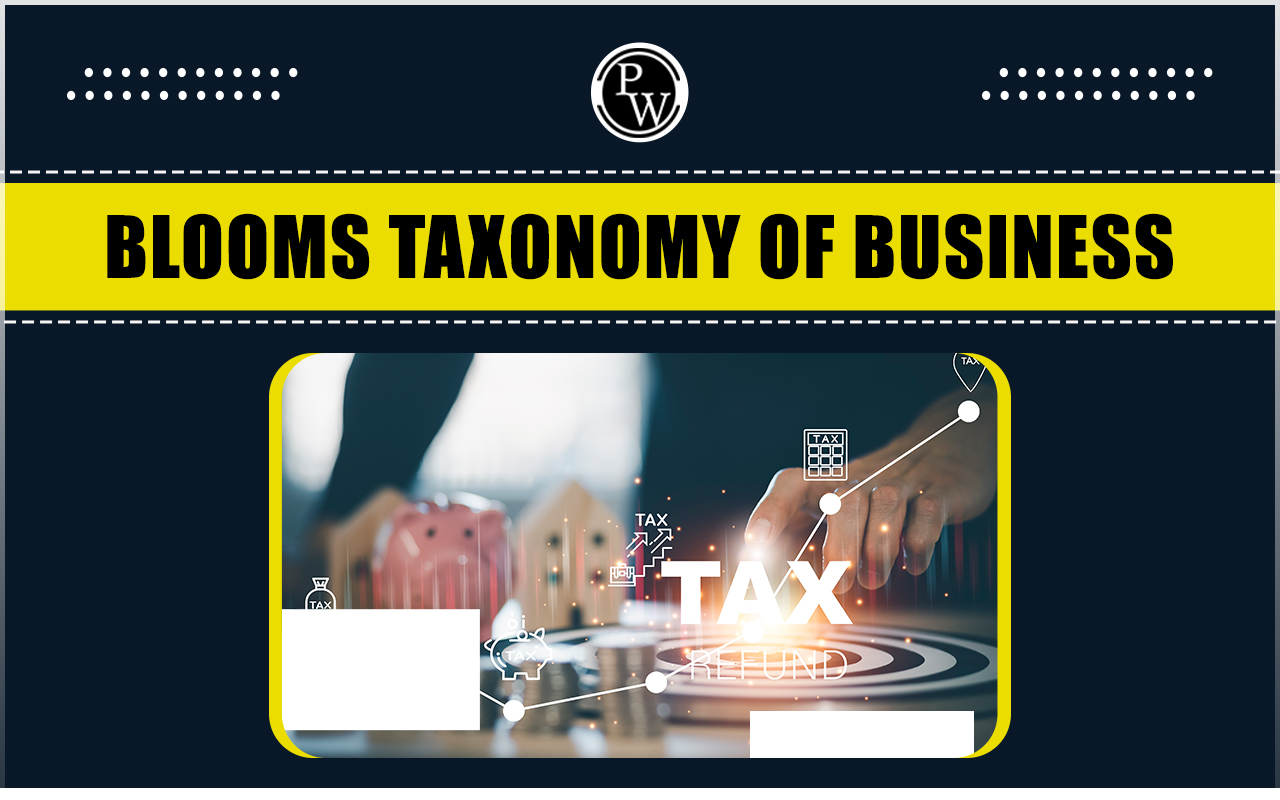
Bloom Taxonomy, a well-established educational framework originally designed for academic settings, provides a powerful tool for achieving these goals. By categorising cognitive skills into six hierarchical levels—Knowledge, Comprehension, Application, Analysis, Synthesis, and Evaluation—Bloom Taxonomy offers a structured approach to developing and enhancing employees' intellectual capabilities. This article explores the application of Bloom Taxonomy in the business context, demonstrating how it can be used to improve training programs, boost employee performance, and drive organisational growth. Whether you're a business leader, HR professional, or corporate trainer, understanding and leveraging Blooms Taxonomy can lead to a more competent and dynamic workforce ready to tackle the challenges of today's competitive market.
What is Blooms Taxonomy?
Blooms taxonomy is structured as a hierarchical model with three levels. It categorises thinking and analytical skills in a specific sequence, organising intellectual abilities into different tiers of complexity and specificity. This model allows for a systematic approach to developing and assessing cognitive skills across various difficulty levels. Bloom and his colleagues in the 1950s. The taxonomy is structured as a hierarchy with three domains of learning: cognitive, affective, and psychomotor. Each domain contains different levels of complexity and specificity aimed at guiding educators in designing curriculum, instruction, and assessments.Domains of Blooms Taxonomy
BloomTaxonomy provides a valuable framework for classifying learning objectives. It categorises these objectives into three distinct learning domains that address different aspects of development:Cognitive Domain
This domain focuses on intellectual skills and is the most well-known part of Bloom Taxonomy. It is often represented as a pyramid with six levels, each representing a different level of cognitive complexity:- Remembering : Retrieving, recognising, and recalling relevant knowledge from long-term memory. Example verbs: define, list, recognise.
- Understanding : Constructing meaning from oral, written, and graphic messages. Example verbs: explain, describe, interpret.
- Applying : Using information in new situations. Example verbs: use, execute, implement.
- Analysing : Breaking information into parts to explore understandings and relationships. Example verbs: analyse, compare, differentiate.
- Evaluating : Making judgments based on criteria and standards. Example verbs: evaluate, judge, critique.
- Creating : Combining elements to form a coherent or functional whole; reorganising elements into a new pattern or structure. Example verbs: create, design, formulate.
Affective Domain
This domain focuses on emotions, attitudes, and values. It includes five levels:- Receiving : Being aware of or attending to something in the environment. Example: listening attentively.
- Responding : Actively participating through reactions or responses. Example: participating in class discussions.
- Valuing : Recognizing the worth of something and demonstrating commitment. An example is showing concern for the welfare of others.
- Organising involves integrating new values into one's value system and prioritising them. An example is balancing personal and ethical considerations in decision-making.
- Characterising : Acting consistently with the new values and beliefs. An example is demonstrating consistent behaviour that reflects the adopted values.
Psychomotor Domain
This domain deals with physical movement, coordination, and motor skills. It includes several levels, though Bloom did not originally develop this domain as comprehensively as the cognitive domain:- Perception : Using sensory cues to guide motor activity. Example: recognising patterns of movements.
- Set : Being ready to act, which includes mental, physical, and emotional readiness. Example: showing willingness to perform a task.
- Guided Response : Performing tasks under guidance involving imitation and trial and error. Example: practicing a new skill with feedback.
- Mechanism : Performing a task with confidence and proficiency. Example: executing a skill habitually.
- Complex Overt Response : Performing complex movements skillfully. Example: performing a dance routine flawlessly.
- Adaptation : Modifying movement patterns to fit special requirements. Example: adjusting a skill in new situations.
- Origination : Creating new movement patterns to fit a particular situation or problem. Example: inventing a new dance move.
Bloom Taxonomy Application
When faced with an unseen passage and comprehension questions, Bloom Taxonomy can be applied in the following ways:- Understanding and Application : Decipher the meanings of phrases, words, and idioms used in the passage.
- Evaluation and Analysis : Conclude the points mentioned in the passage.
- Understanding and Remembering : Extract details mentioned in the passage.
- Evaluation : Determine the author's tone.
- Evaluation and Understanding : Devise an appropriate title for the passage.
| Also Read | |
| Doctrine of Caveat Emptor | Dissolution of Partnership |
| Double Entry System | Division of Work Principle of Management |
The Levels of The Bloom Taxonomy
Before exploring examples of Bloom Taxonomy, let's review the six levels of Bloom Taxonomy:- Knowledge: This involves using memorisation skills to retain previously learned information and to collect and organise new data. These foundational cognitive skills form the basis for higher-order thinking.
- Comprehension: This requires a thorough understanding of the information gathered from various perspectives, ensuring a deep grasp of the material.
- Application: This involves adapting information to specific contexts or situations, which becomes clearer when looking at real-life examples of Bloom Taxonomy.
- Analysis: This entails examining a subject, theme, or topic to identify patterns, embedded meanings, and analogies with other concepts.
- Synthesis: Combining multiple ideas to create something new, a product of critical thinking.
- Evaluation: This requires judging a particular program's value and learning methods and assessing its effectiveness and impact.
Benefits of Blooms Taxonomy
Blooms Taxonomy is a framework used in education to classify learning objectives into levels of complexity and specificity. Here are some benefits of using Blooms Taxonomy:- Clarity in Learning Objectives : It helps educators clarify the intended learning outcomes by categorising them into distinct levels (Knowledge, Comprehension, Application, Analysis, Synthesis, Evaluation).
- Curriculum Design : Facilitates the design of instructional strategies and assessments that align with the intended learning outcomes at each level of cognitive complexity.
- Differentiation : Supports differentiation in teaching by providing a structured way to scaffold learning experiences based on students' current understanding and skills.
- Critical Thinking : This course promotes higher-order thinking skills such as critical thinking, problem-solving, and creativity by emphasising higher levels of the taxonomy (Analysis, Synthesis, Evaluation).
- Assessment Alignment : This helps create assessments that accurately measure students' understanding and application of knowledge, ensuring alignment with the learning objectives.
- Communication : Provides a common language for educators, students, and stakeholders to discuss and understand learning goals and achievements.
- Continuous Improvement : This approach supports continuous improvement in teaching practices and curriculum development by focusing on progressively higher levels of cognitive engagement and mastery.
Using Bloom Taxonomy For Business
Bloom's Taxonomy provides a framework for classifying educational learning objectives at different levels of cognitive complexity. Here's how you can leverage Bloom Taxonomy for Business:- Categorizing Training Objectives:
- Remembering: This level focuses on recalling facts, figures, and basic concepts. Training objectives might involve memorizing company policies, product details, or safety procedures.
- Understanding: This level emphasizes comprehension and interpreting information. Objectives could include explaining key financial concepts, summarizing marketing strategies, or analyzing customer data.
- Applying: This level focuses on applying knowledge and skills to new situations. Training might involve practicing negotiation techniques, resolving customer complaints using company guidelines, or creating presentations based on learned concepts.
- Analyzing: This level involves breaking down information, identifying relationships, and forming conclusions. Training could involve analyzing competitor strategies, evaluating the effectiveness of marketing campaigns, or troubleshooting technical problems.
- Synthesizing: This level emphasizes creating new ideas and solutions. Training objectives might include developing innovative marketing plans, designing new products or services, or proposing solutions to complex business challenges.
- Evaluating: This level involves making judgments based on criteria and evidence. Training could involve evaluating the performance of employees, assessing the risk-reward factors of a new business venture, or justifying recommendations based on data analysis.
- Developing Training Activities:
- Remembering: Flashcards, multiple-choice quizzes, and memorization exercises.
- Understanding: Case studies, group discussions, summarising key points from lectures.
- Applying: Role-playing exercises, simulations, real-world project work.
- Analysing: Data analysis exercises, problem-solving scenarios, identifying strengths and weaknesses of different approaches.
- Synthesising: Brainstorming sessions, design thinking workshops, developing creative solutions to business challenges.
- Evaluating: Presenting recommendations, justifications, peer reviews, and ethical decision-making exercises.
- Benefits of Using Blooms Taxonomy:
- Targeted Training: Ensures training addresses specific knowledge, skills, and abilities required for effective job performance.
- Improved Learning Outcomes: By focusing on different cognitive levels, training programs can cater to diverse learning styles and promote deeper understanding.
- Effective Assessment: Bloom Taxonomy helps create assessments that accurately measure learners' achievement of the training objectives.
- Engaged Learners: Training becomes more engaging and relevant when it challenges learners at appropriate cognitive levels.
Begin your journey towards academic excellence in Commerce with our comprehensive Class 11 Commerce courses . Master the CBSE syllabus with expert guidance and ace your exams. Enroll now!”
Blooms Taxonomy of Business FAQs
What is the role of Synthesis in business?
Why is evaluation critical in business?
How can Bloom Taxonomy be applied in a business context?




